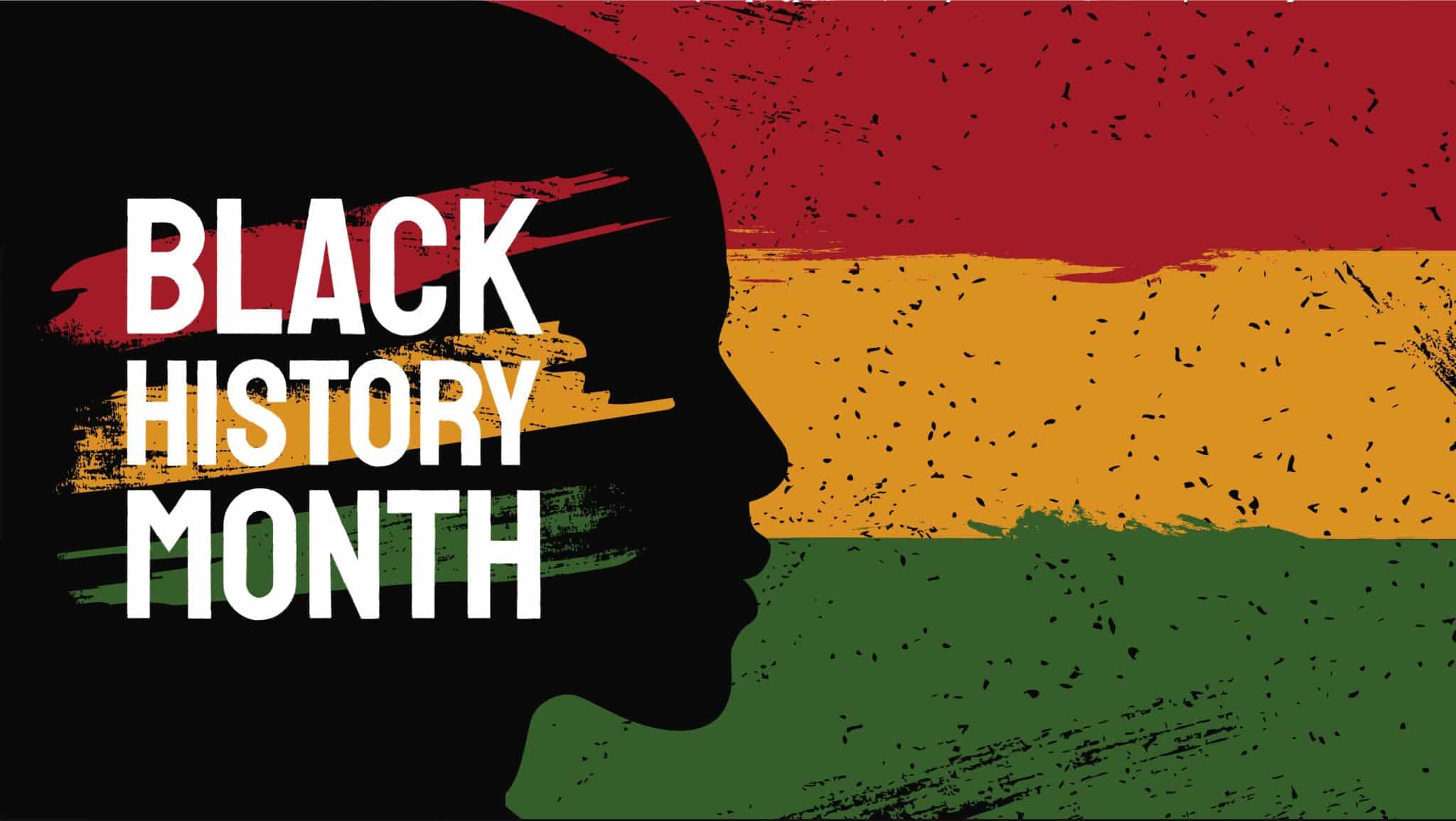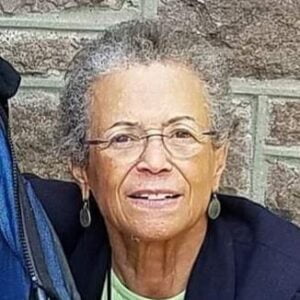It is the time to reflect on 1619, when the first Africans set their feet on American soil. They were my ancestors. I identify as an African American even though half of my DNA traces to a few European nations. So . . . when someone had told me, “go back to Africa!” — I did . . . in 1999, I set my feet on the African soil of Ghana.
Prior to that, I’d never held a kinship to the Continent. Growing up in Doylestown where only a handful of ‘colored people’ lived, the awareness of my ancestral heritage was limited. At age 11 or 12, leafing through the pages of National Geographic Magazines, discovering black and white pictures of Africans with dark skin in loin cloth or tufts of grass covering their ‘privates’; and women with exposed breasts (always) adorned with necklaces of animal teeth or bone, staring at those images, I asked myself, Is that me? I had never realized my ancestral genealogy reached back to Africa.
Go Back and Get It
My August 12, 2020 blog post was entitled “Sankofa“ – the Ghanaian proverb meaning Go back and Get It. How ironic! When I went “back”, I returned to America with pride for my legacy. That post had described my African American cultural tour of Cape Coast Castle (now a designated historical site) built by the Swedes in 1653 to protect their plundered goods. The tour included a second castle which I now share for this Black History Month. Elmina Castle was built in 1482 by the Portuguese. Also a fort and designated historical site, this massive structure became the settlement where gold, timber, and later, Africans were plundered and shipped across the globe. Elmina has the distinction as the site of The Door of No Return, the last image Africans saw before herded onto ships. Although the Portuguese loaded Africans on the ship— Sau Joao Bautista, English pirates on The White Lion raided the Portuguese ship in the Gulf Coast (now Mexico) and carried some “twenty” Africans to the Virginia coast of what is now Hampton Roads. The year was 1619.
Our docent for the Elmina tour led us into a cobblestoned patio enclosed on all sides by three levels of balconies. He pointed to the highest balcony—the headquarters of the fort’s Portuguese leader. “The Elmina governor lived there.” Then the docent pointed to a ground floor room with bars that filled the door frame. “Women were kept there. They birthed their babies in that room.”
READ: Racist Mass Violence Isn’t Incidental To White Conservatism—It Is Its Defining Feature
The docent described how the governor would lean on the railing from his 3rd floor porch, look down and order an underling to bring half a dozen women from the caged room. From above he would look at each of them and select one be brought to him. If the woman resisted, she was chained to a cannon ball which was secured in the cobblestone floor. I stared at the ball and wondered how many women had failed to free themselves to grind such a hole in the stone?
I snapped a picture of the ball and chain then entered the room which had detained the women. The door was heavy. The walls of the room still carried a weak yellow pigment. I stood in the center of the room, raised my camera, and held my breath before the CLICK but immediately an odor overwhelmed me. The walls, even after 500 years, screamed with echoes of women’s blood and piss and shit and afterbirth. Instead I turned and aimed my camera to the tourists. I left the room in tears. Who could be so evil?
Sojourn from Books to Ancestry.com
During a visit to the Doylestown Historical Society, there were several donated books lazily spread on their coffee table, all topics about African American history. Three captured my curiosity: Before Freedom by Belinda Hurmence; Lumumba, a biography by Robin McKown and Bound for Canaan by Fergus E. Bordewich. “Can I have these?” Those and other books by African American authors and historians now overflow one of my bookshelves. Searches on Ancestry.com have enriched my family as we have discovered descendants and archival material about our ancestors.
Reached back, Returned with Legacy
On this Black History Month, there are schools absent from learning about the African American experience. In 2020 and 2021 I presented Out From Slavery—from Africa to Freedom–to a Civics Class at Lenape Middle School. Their teacher, Andrew Burgess is an educator I admire for his skill of encouraging Knowledge to his students. I won’t visit this year’s February class because the Central Bucks School Board has become a Board of Banners. Mr. Burgess was transferred from Lenape to another Middle School for defending LGBTQ+ rights. The students who are now learning from him are truly blessed!
READ: It Takes A Village: Expelling Right-Wing Extremism From Bucks County School Districts
I expect the Central Bucks School Board’s next goal is to erase African American History, which some Pennsylvania schools have already done. As I write this, there are members within the Harrisburg legislature determined to pull the threads of Black History from Democracy’s Colorful Quilt of Diversity, Equity and Inclusion.
Ignorance is a dangerous thing. When browsing your social media sites this month, if an interesting piece about Black History appears, pause, read and learn.







